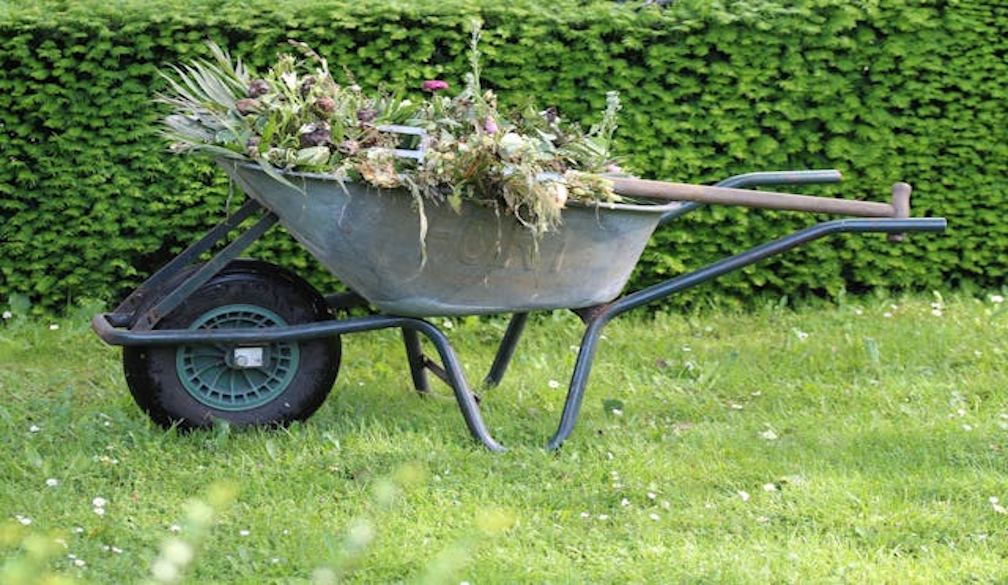Is the 'midlife crisis' a real thing?
- Written by Nick Haslam, Professor of Psychology, University of Melbourne
Middle age is often seen as life’s pivot point. A hill has been climbed and the view over the other side is unsettling. As Victor Hugo said: “forty is the old age of youth” and “fifty the youth of old age”.
The idea adults in midlife face a dark night of the soul – or desperately escape from it, hair plugs flapping in a convertible’s breeze – is deeply rooted. Studies show the great majority of people believe in the reality of the so-called “midlife crisis” and almost half of adults over 50 claim to have had one. But is it actually real?
There is good evidence a midlife decline in life satisfaction is real. Population surveys typically find both women and men report the lowest satisfaction in middle age. The Australian HILDA survey locates the lowest life satisfaction at age 45 and the Australian Bureau of Statistics singles out the 45-54 age bracket as the glummest.
Middle age may be dislocating for some but there is little evidence it is usually a period of crisis and despondency. Psychologically speaking, things tend to get better. If there is a small dip in how people evaluate their lot – even if it is objectively no worse than before – this is understandable. Our attention shifts from time past to time left, and that requires a process of adjustment.
Read more: How did it get so late so soon? Why time flies as we get older
When is midlife?
Clearly there are many grounds for being unsatisfied with life during the middle years. But does that make the midlife crisis real, or just an intuitively appealing phantom? There is good reason to be sceptical.
For one thing, it’s hard enough deciding when the midlife crisis should occur. Concepts of middle age are elastic and change as we get older. One study found younger adults believe middle age stretches from the early 30s to 50, whereas adults over 60 saw it as extending from the late 30s to the mid-50s.
A midlife crisis could happen in your 30s, depending on how old you are when you’re assessing what ‘midlife’ is. Roberto Nickson (@g)/UnsplashIn one US study one-third of people in their 70s defined themselves as middle-aged. This research accords with a finding middle-aged people tend to feel one decade younger than their birth certificate.
However we define midlife, do crises concentrate in that period? One study suggests not. It indicates instead that self-reported crises simply become steadily more common as we age. Among study participants in their 20s, 44% reported a crisis, compared to 49% of those in their 30s, and 53% of those in their 40s.
In another study, the older the participants, the older they reported their midlife crisis to have occurred. People aged over 60 recalled theirs at 53 while those in their 40s dated theirs to 38.
Arguably there is no distinct midlife crisis, just crises that occur during midlife but might equally have occurred before or after.
What the theorists thought
The psychoanalyst Elliot Jaques, who coined the term “midlife crisis” in 1965, thought it reflected the dawning recognition of one’s mortality. “Death”, he wrote, “instead of being a general conception, or an event experienced in terms of the loss of someone else, becomes a personal matter”.
The key achievement of middle age, according to Jaques, is to move beyond youthful idealism to what he called “contemplative pessimism” and “constructive resignation”. He argued midlife was when we reach maturity by overcoming our denial of death and human destructiveness.
Carl Jung presented a different view. He argued midlife was a time when previously suppressed aspects of the psyche might become integrated. Men could recover their unconscious feminine side or anima, previously submerged during their youth, and women come alive to their hidden opposite, the animus.
Jung thought the masculine and feminine parts of a person came together in midlife. from shutterstock.comLess profound explanations have also been offered for midlife dissatisfaction. It’s when children may be leaving the family home and when adults are generationally sandwiched, required to care for children and ageing parents. Chronic illnesses often make their first appearance and losses accelerate. Workplace demands may be peaking.
But there may be something to it that’s even more basic and biological. Chimpanzees and orangutans aren’t known to suffer from existential dread, empty nest syndrome or job stress. And still, they show the same midlife dip in well-being as their human cousins.
One study found chimps in their late 20s and orangutans in the mid 30s showed the lowest mood, the least pleasure in social activities, and the poorest capacity to achieve their goals. The researchers speculated this pattern might reflect age-related changes in brain structures associated with well-being that are similar between primate species.
Read more: Do chimpanzees and orangutans really have midlife crises?
Midlife as a time of growth, not crisis
Crisis episodes may not be tightly tied to adverse life events. Research often fails to show clear connections between adversities and self-proclaimed crises.
One study found reporting a midlife crisis was not associated with recently experiencing divorce, job loss or death of a loved one, and was primarily linked to having a history of depression.
The idea middle age is a time of psychological gloom is also belied by research evidence. The U-shaped life satisfaction curve notwithstanding, most change during midlife is positive.
Consider personality change, for example. One longitudinal study that followed thousands of Americans from age 41 to 50 found they became less neurotic and self-conscious with age. These personality changes were unrelated to the adults’ experience of life adversity: resilience, not crisis, was the norm.
Another study that followed a sample of women from age 43 to 52 showed they tended to become less dependent and self-critical, and more confident, responsible and decisive, as they aged. These changes were unrelated to the women’s menopausal status or empty nest experiences.
Read more: Getting on and getting it on: good sex isn't just for the young
Other research tells a similar story. In general, psychological changes during midlife are positive. Personality becomes more steady and self-accepting, while positive emotion, on average, gradually rises through the lifespan.
Even the self-reported midlife crises may have a silver lining. One study showed the more crises people reported, the more empathetic they were towards others. It is perhaps unsurprising older adults choose middle adulthood as the phase of life they most prefer.
The challenge is to come out the end of middle age with life satisfaction restored, as most do. Victor Hugo says it well again: “when grace is joined with wrinkles, it is adorable”.
Nick Haslam does not work for, consult, own shares in or receive funding from any company or organisation that would benefit from this article, and has disclosed no relevant affiliations beyond their academic appointment.
Authors: Nick Haslam, Professor of Psychology, University of Melbourne
Read more http://theconversation.com/is-the-midlife-crisis-a-real-thing-105510





















